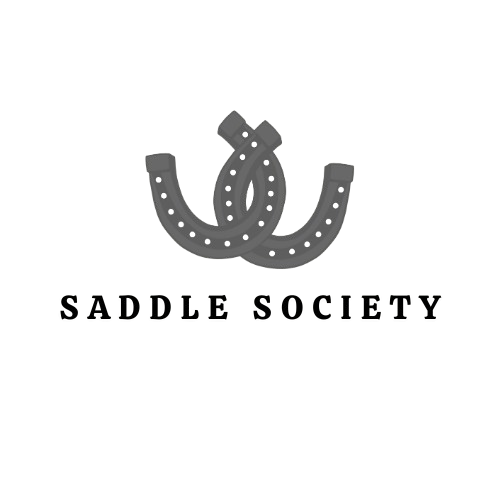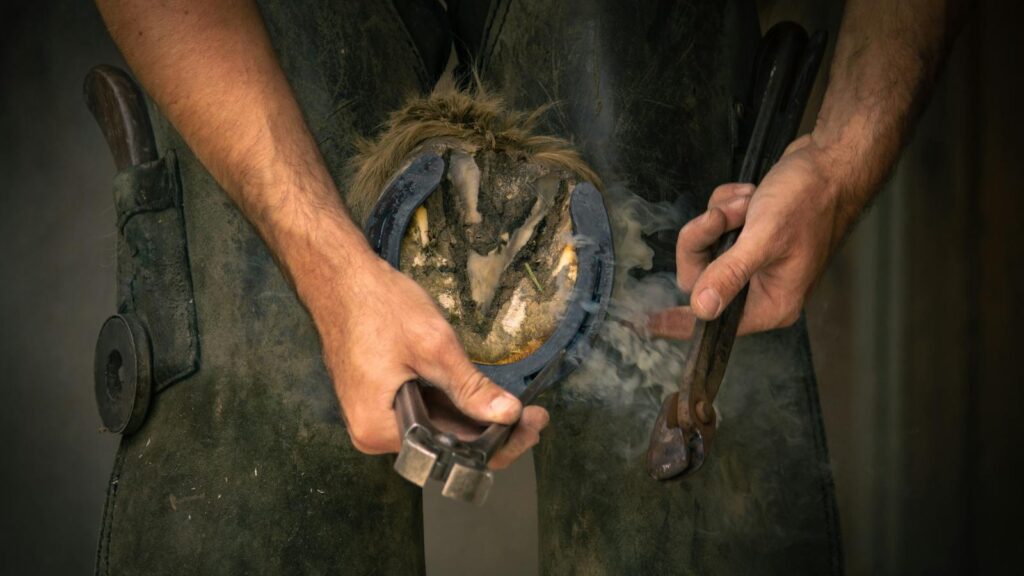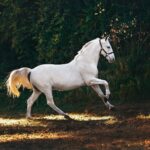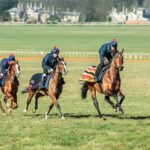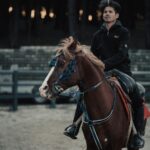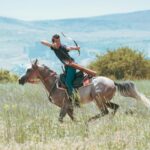Few equestrian management practices stir as much passionate debate as hoof trimming methodologies. From traditional farrier techniques to barefoot trimming philosophies, horse owners and professionals alike find themselves navigating conflicting information and strongly-held beliefs about what’s best for equine foot health. The approach to hoof care has evolved dramatically over recent decades, with new research challenging long-established practices and shifting our understanding of proper equine podiatry. This article explores the multifaceted debate surrounding hoof trimming in today’s horse training and management landscape, examining the various perspectives, scientific evidence, and practical considerations that inform this essential aspect of equine welfare.
The Historical Evolution of Hoof Trimming Practices
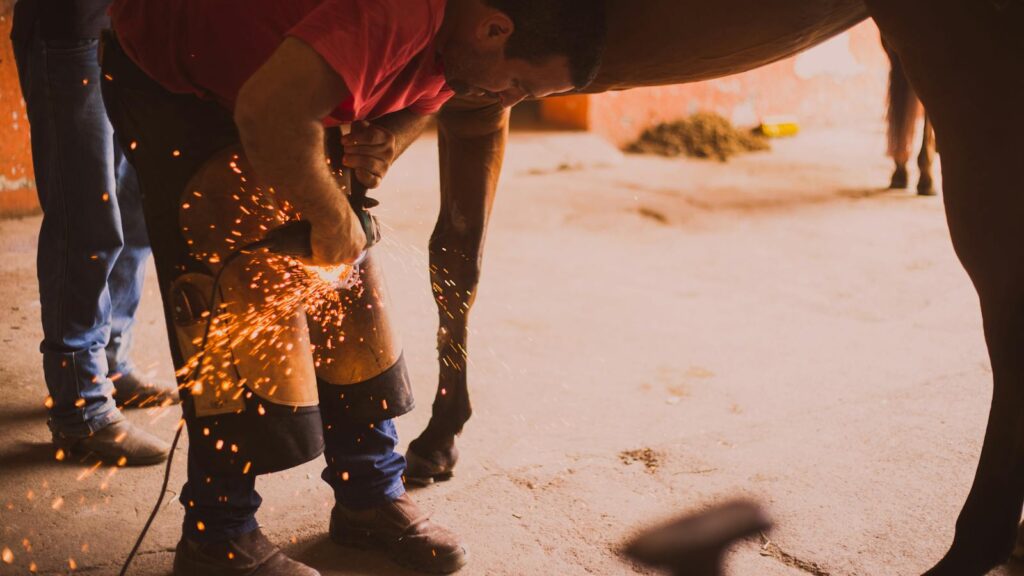
Hoof care has been a crucial component of domesticated horse management for thousands of years, with evidence of primitive horseshoes dating back to ancient civilizations. Traditional farriery emerged as a formalized trade during medieval times, when horses were primarily working animals whose hooves needed protection for traveling on man-made roads and carrying heavy loads. For centuries, the focus was primarily on keeping horses serviceable for work rather than optimizing their biomechanical function or long-term soundness. The industrial revolution brought mass-produced horseshoes and standardized trimming approaches that prioritized uniformity over individual hoof dynamics. This historical context is important for understanding how many of today’s conventional practices developed not necessarily from what was best for the horse’s natural movement, but rather what allowed them to perform specific human-required tasks efficiently.
The Traditional Farrier Approach
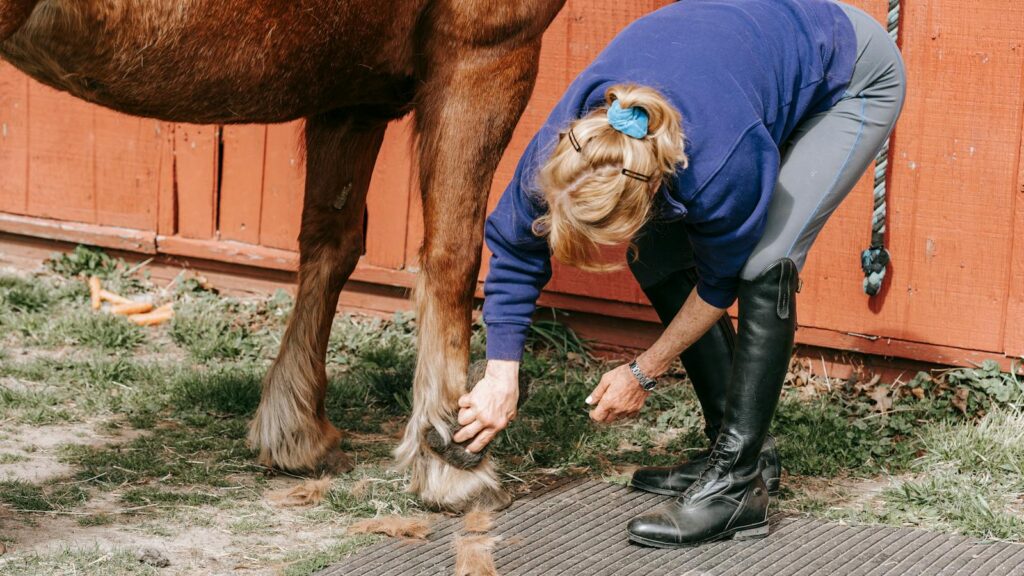
The conventional farrier approach to hoof trimming typically follows established parameters regarding hoof angles, length, and balance that have been passed down through generations of practitioners. Traditional farriers generally trim the hoof to prepare it for shoeing, creating a flat surface for the shoe to rest upon and focusing on achieving specific angle relationships between the hoof wall and pastern. This method often emphasizes the external appearance of the hoof and aims to create what has historically been considered an “ideal” hoof shape. Critics argue that this approach sometimes prioritizes aesthetic standards over functional biomechanics and may fail to address the individual conformation needs of each horse. Proponents counter that generations of experience have refined these techniques to provide practical solutions for working horses whose hooves must withstand unnatural stresses imposed by human use.
The Barefoot Movement Revolution
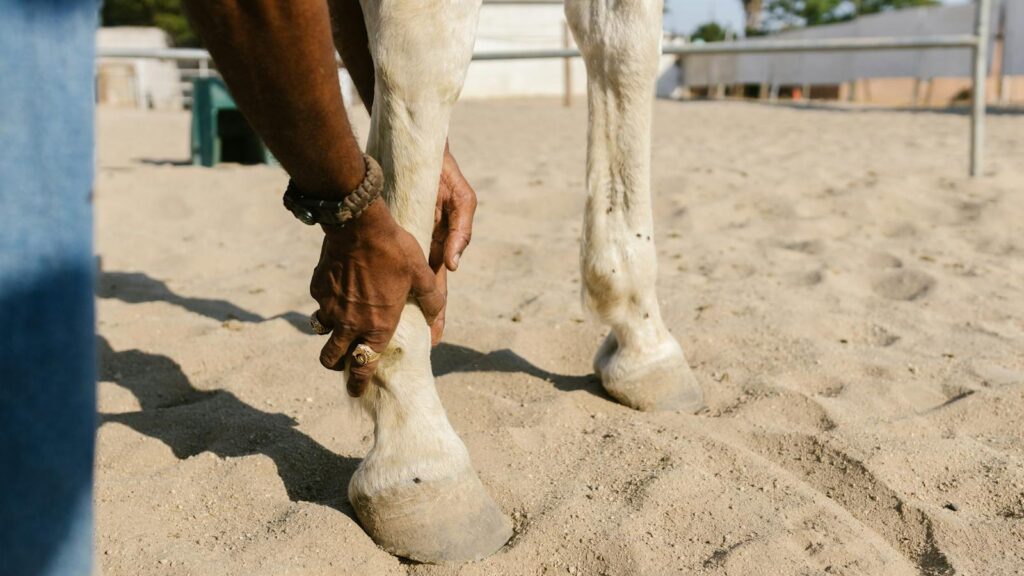
The barefoot movement emerged in the late 20th century as a significant challenge to conventional wisdom about equine hoof care. Pioneered by veterinarians and researchers like Dr. Hiltrud Strasser and Pete Ramey, this philosophy advocates for maintaining horses without shoes whenever possible, arguing that metal shoes restrict the hoof’s natural function and blood circulation. Barefoot proponents emphasize the importance of stimulating the entire hoof mechanism through ground contact, which they maintain promotes healthier internal structures and better overall biomechanics. This approach involves trimming techniques that attempt to mimic the wear patterns of wild horses, with particular attention to the role of the heel, bars, and frog in proper hoof function. The barefoot movement has gained significant momentum in recent decades, particularly among recreational riders and those focused on natural horsemanship methodologies.
Scientific Research: What Does the Evidence Show?
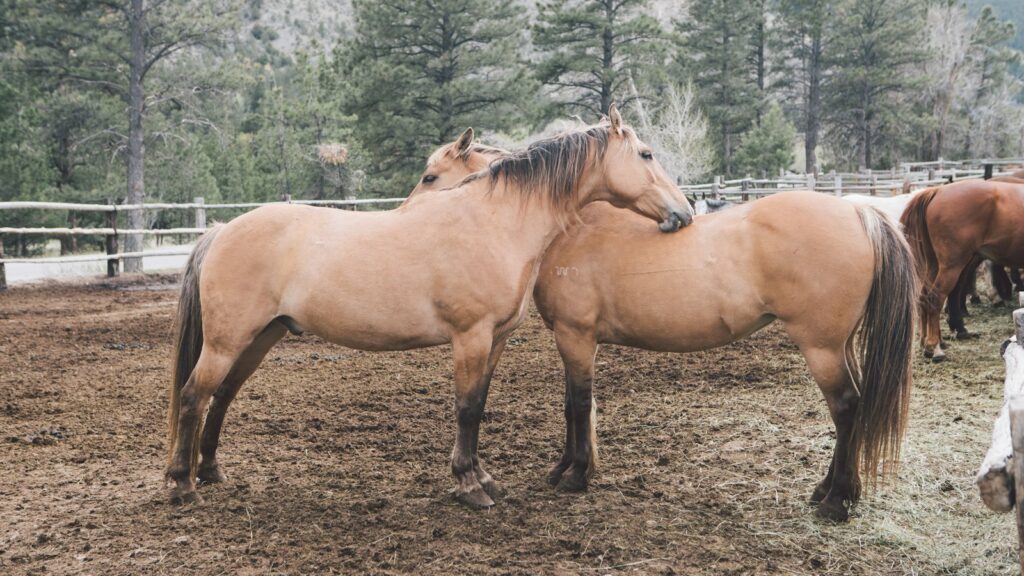
Scientific research on equine hoof biomechanics has expanded dramatically in recent years, though definitive conclusions remain elusive due to the complexity of the subject. Studies using pressure plates, force measurement technology, and high-speed cameras have revealed that the equine hoof functions as a sophisticated mechanism for absorbing concussion and supporting weight, with multiple structures working in concert. Research has demonstrated that traditional shoeing can indeed restrict normal hoof expansion and contraction during the stride cycle, potentially impacting circulation and proprioception. Conversely, studies have also shown that some domestic horses struggle to maintain adequate hoof condition without shoes when worked on hard or abrasive surfaces. The research consensus seems to be that hoof care should be individualized based on each horse’s conformation, environment, and workload rather than adhering strictly to any single philosophical approach.
Natural Balance Trimming Philosophy
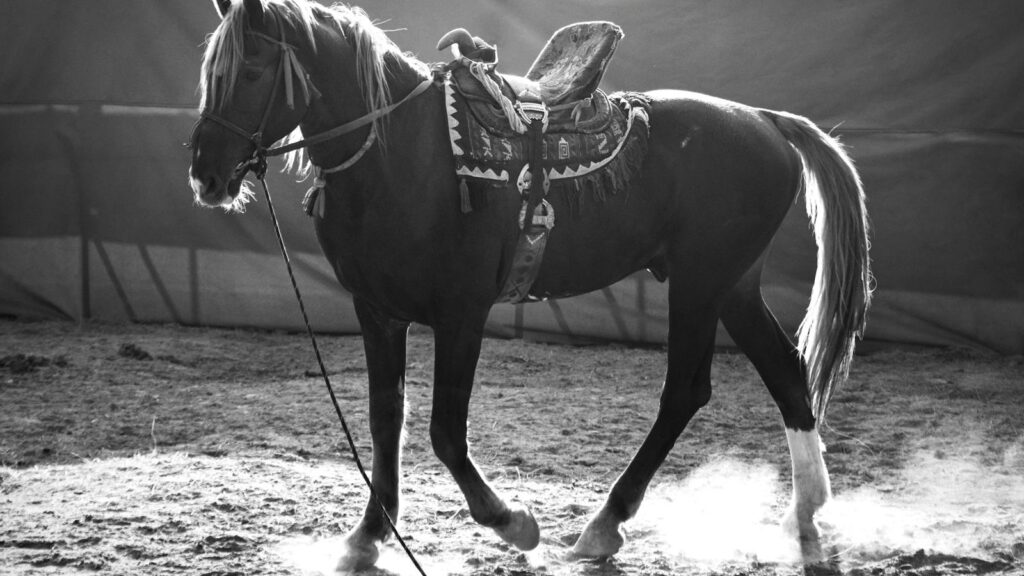
The Natural Balance trimming method, developed by farrier Gene Ovnicek after studying wild horse hooves, represents something of a middle ground in the hoof care debate. This approach focuses on positioning the coffin bone (third phalanx) within the hoof capsule to mirror what Ovnicek observed in feral horses that maintained sound hooves without human intervention. Natural Balance practitioners pay particular attention to the position of the widest part of the hoof in relation to the center of weight-bearing, often resulting in a shorter toe and more substantial heel than traditional trims. The philosophy accommodates both barefoot horses and those requiring shoes, emphasizing that the trim itself is the foundation of hoof health regardless of whether protection is added afterward. Many performance horse trainers have embraced this method as a compromise between completely barefoot approaches and conventional shoeing techniques.
The Role of Hoof Trimming in Performance Horses
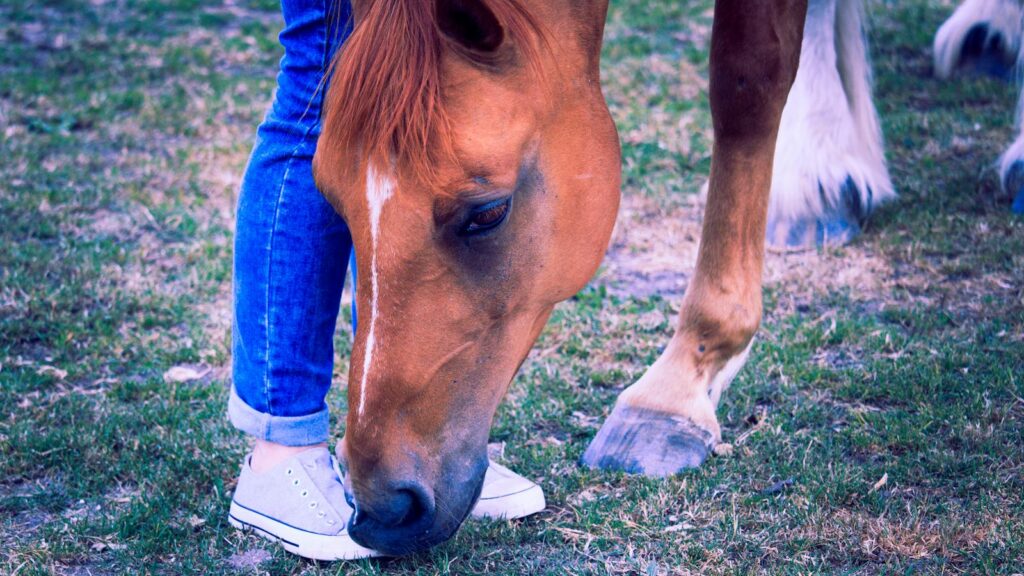
For horses engaged in competitive disciplines, the hoof trimming debate takes on additional complexities related to performance enhancement versus long-term soundness. Certain specialized trimming and shoeing techniques can temporarily improve a horse’s movement for specific sports – such as the exaggerated elevation in gaited show horses or the sliding stops of reining horses. These modifications often involve substantial alterations to the hoof’s natural angles and weight-bearing patterns, raising ethical questions about prioritizing competitive advantage over the horse’s biological design. High-level sport horses frequently require specialized support to withstand the extreme physical demands placed on them, complicating the ideological debate between barefoot purists and traditional farriers. Many equine professionals now recognize that while natural function should be the foundation, some performance horses genuinely benefit from thoughtfully applied supportive shoeing to prevent injury and extend their athletic careers.
The Influence of Domestication on Hoof Health
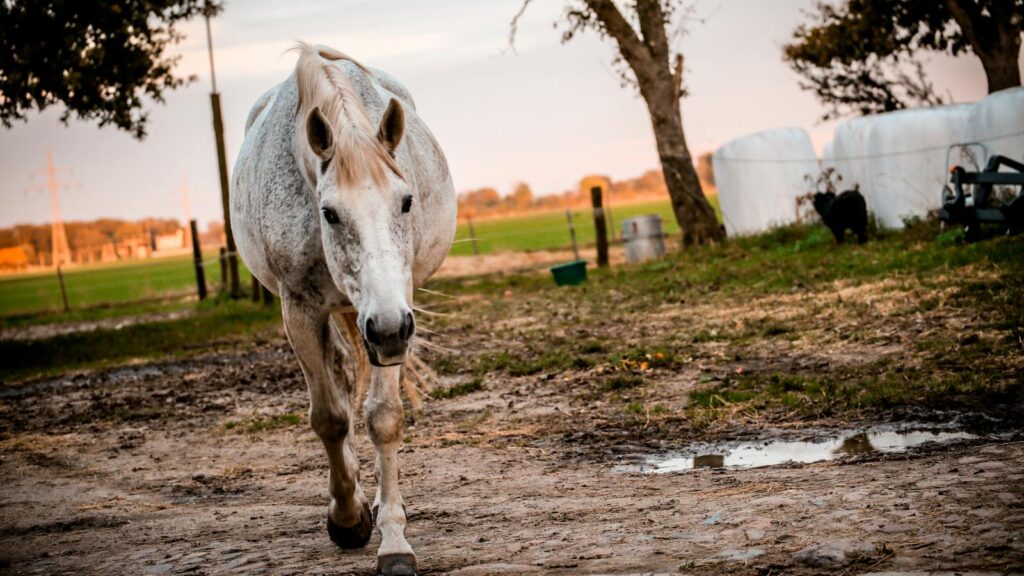
Domestic horses face radically different living conditions than their wild counterparts, creating unique challenges for hoof management. Unlike feral horses that typically travel 20-40 miles daily over varied terrain, domestic horses often live in restricted environments with limited movement and consistent footing. This reduction in natural movement compromises the self-trimming mechanism that maintains feral horse hooves and can lead to reduced circulation within the foot. Additionally, domestic breeding practices have selected for characteristics like size, color, and specific performance abilities often at the expense of naturally sound hoof structure. These factors mean that domestic horses frequently require human intervention to maintain functional hooves, regardless of whether that intervention involves barefoot trimming or the application of shoes. Critics of both extreme positions in the shoeing debate point out that the comparison to wild horses has limitations given these significant lifestyle differences.
Pathological Conditions and Rehabilitative Trimming
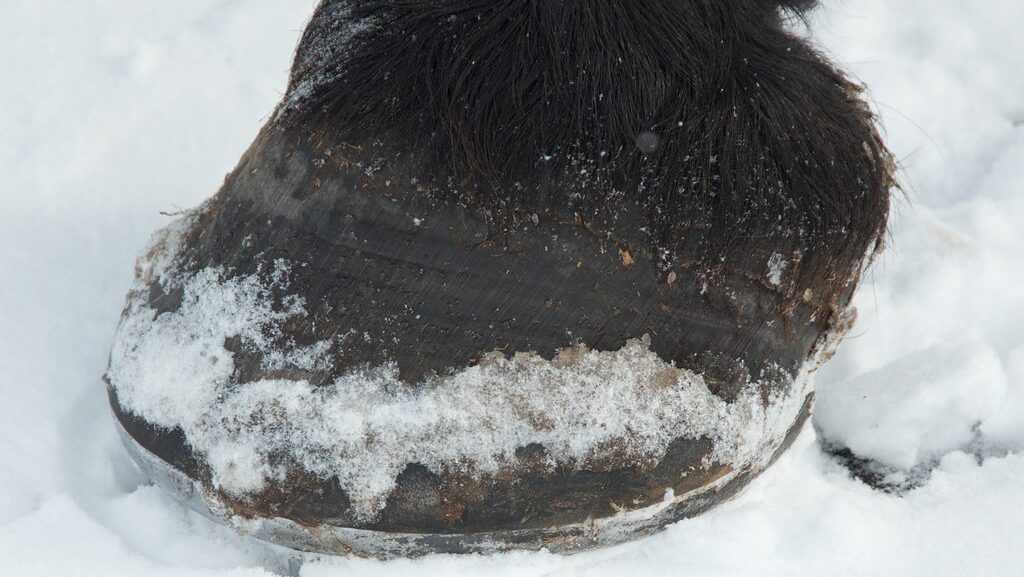
Perhaps the most compelling evidence for individualized hoof care comes from the treatment of pathological conditions like laminitis, navicular syndrome, and chronic heel pain. Therapeutic and rehabilitative trimming has demonstrated remarkable success in addressing these previously career-ending conditions, often by radically departing from both traditional and strictly barefoot approaches. Veterinarians specializing in equine podiatry increasingly utilize composite materials, specialized pads, and custom-designed shoes in combination with specific trimming techniques tailored to each case. The rehabilitation of severely compromised hooves has shown that rigid adherence to any single methodology can limit treatment options for horses with pathological conditions. This realm of equine medicine has highlighted the importance of understanding the underlying biomechanics and circulation of the hoof rather than simply following established protocols, leading to more evidence-based approaches across the industry.
Environmental and Genetic Factors in the Debate
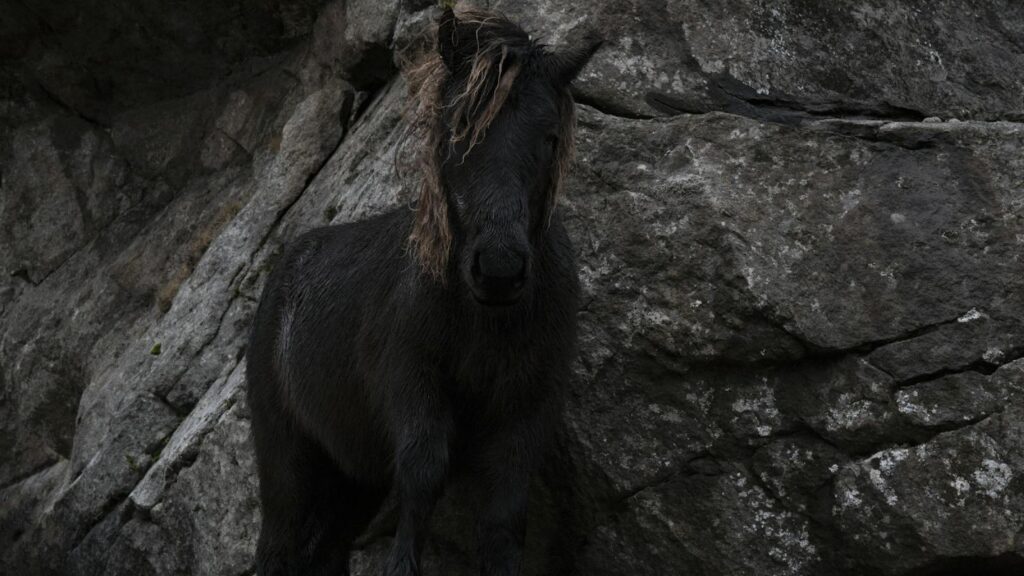
The environment in which a horse lives plays a crucial role in determining the most appropriate hoof care approach. Horses in arid regions with rocky terrain naturally develop dense, concave hooves with thick soles that can often function well without shoes even under riding stress. Conversely, horses raised in soft, wet conditions typically develop flatter feet with thinner soles that may require additional protection when worked on harder surfaces. Genetic factors also significantly influence hoof quality, with some breeds historically selected for superior hoof structure and others notorious for hoof problems. These environmental and genetic variables explain why blanket statements about what works for “all horses” are inherently flawed. Experienced hoof care professionals recognize that what maintains one horse in perfect soundness might cause another to become footsore or develop pathological changes, necessitating a case-by-case approach that respects these inherent differences.
The Impact of Trimming Frequency
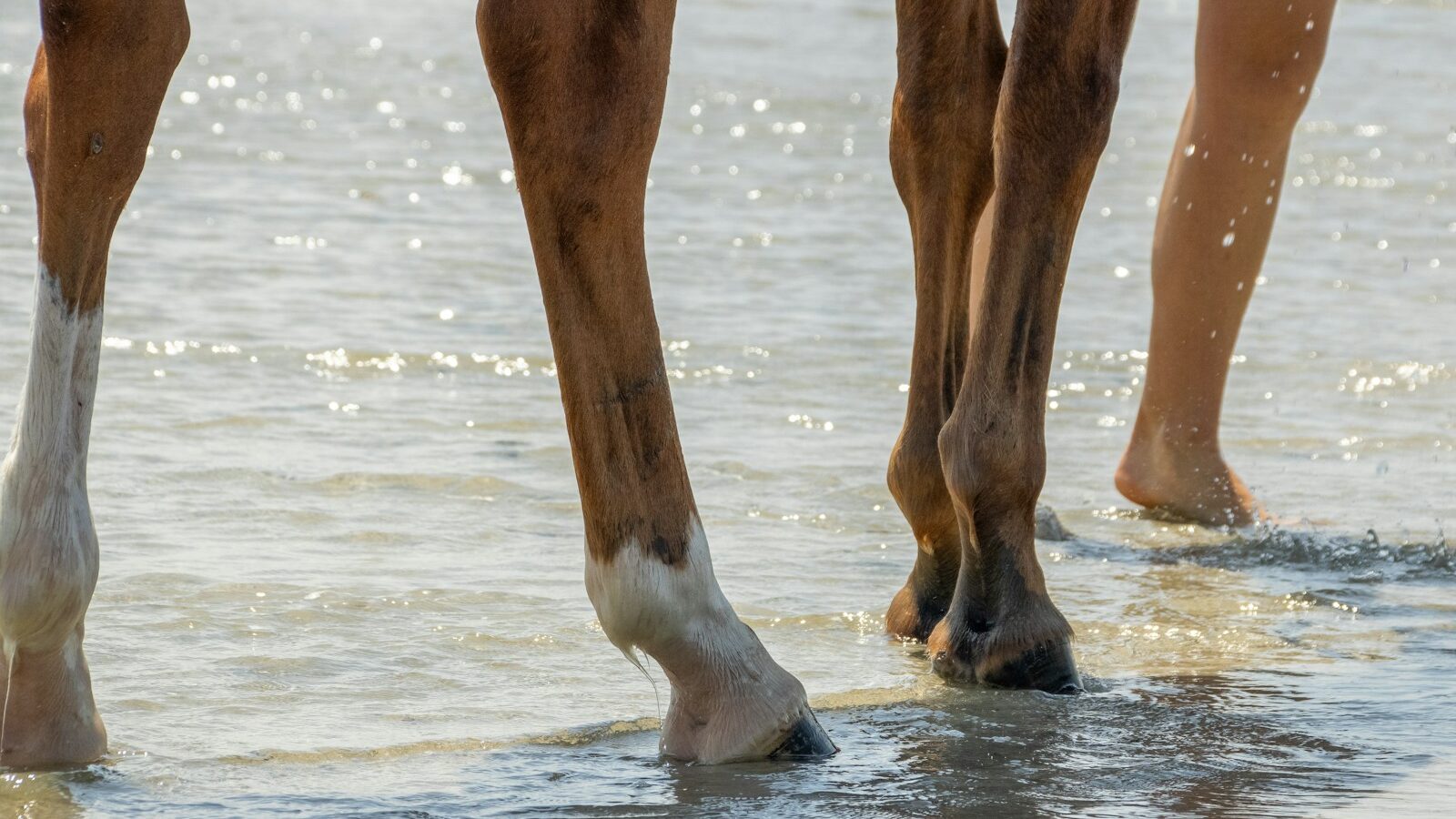
The debate around hoof trimming extends beyond methodology to include optimal frequency, with significant implications for hoof development and maintenance. Traditional shoeing cycles have typically operated on a 6-8 week schedule, primarily based on how long shoes tend to remain secure rather than the hoof’s growth patterns. The barefoot movement has challenged this convention, with many advocates recommending more frequent trims at 3-4 week intervals to prevent excessive growth that can leverage the hoof wall and create imbalances. Research suggests that hoof growth is not linear, with the rate varying seasonally and in response to nutrition, exercise, and environmental conditions. Additionally, studies have shown that allowing hooves to grow too long between trims can create mechanical disadvantages that increase stress on tendons and joints. Progressive training facilities increasingly recognize that maintaining optimal biomechanics requires trimming schedules tailored to individual growth rates rather than arbitrary time intervals.
The Training Connection: Hoof Trimming and Movement Quality
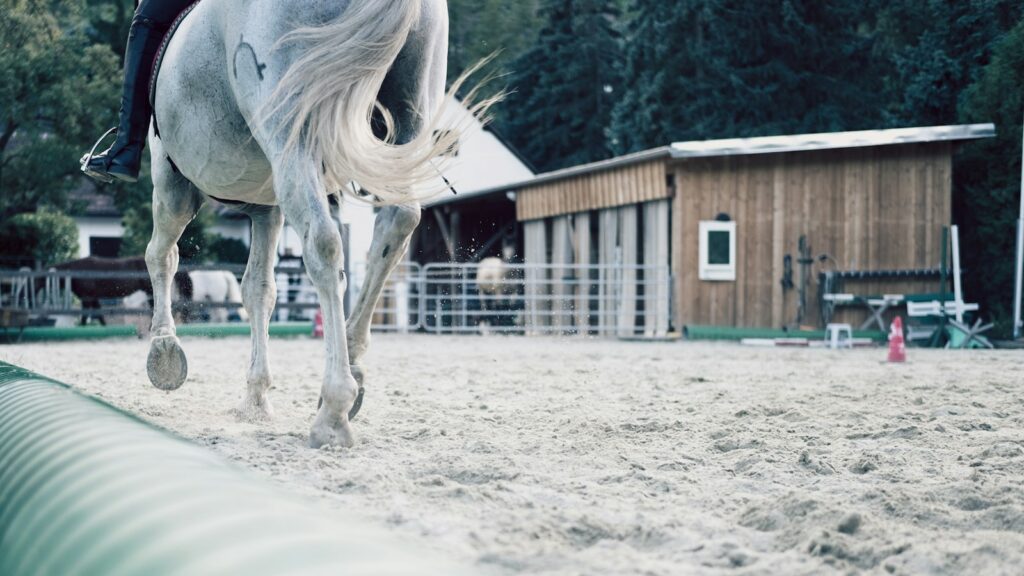
The interrelationship between hoof balance and training issues represents one of the most overlooked aspects of the trimming debate. Subtle imbalances in hoof trimming can dramatically affect a horse’s way of going, creating compensatory movements that trainers might mistakenly attribute to behavioral or training problems. A horse with mediolateral imbalance (one side of the hoof higher than the other) may struggle with maintaining proper bend or lead changes, while excessive toe length can inhibit proper engagement of the hindquarters. Forward-thinking trainers have begun incorporating regular assessment of hoof balance into their training programs, recognizing that biomechanical limitations cannot be overcome through training alone. This holistic perspective acknowledges that proper movement begins from the ground up, with hoof care being an integral component of the training system rather than a separate maintenance issue. The most successful training programs now involve close collaboration between trainers, riders, and hoof care professionals to ensure that hoof trimming supports rather than hinders athletic development.
Professional Qualifications and the Knowledge Gap
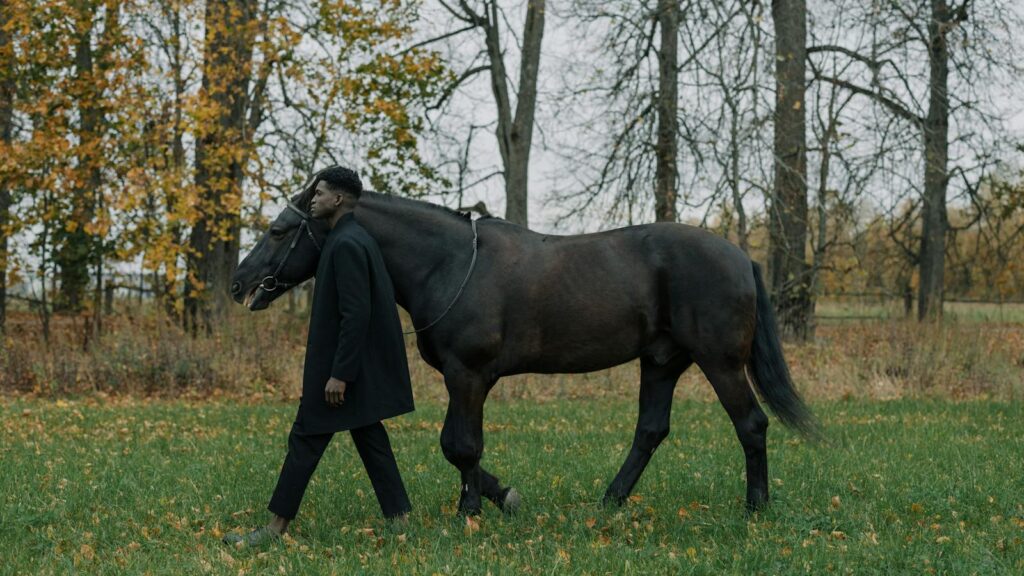
A significant factor complicating the hoof trimming debate is the wide disparity in qualifications among practitioners. In most countries, farriery is a regulated trade requiring years of formal apprenticeship and examination, while barefoot trimming often lacks standardized certification requirements. This has led to quality control issues on both sides of the debate, with some practitioners applying techniques without fully understanding the anatomical and biomechanical principles involved. Horse owners frequently find themselves making decisions based on conflicting advice from professionals with vastly different levels of education and experience. The knowledge gap extends to veterinary education as well, with many veterinary programs providing only basic training in hoof care despite its critical importance to equine health. Progressive voices in the industry have called for greater collaboration between veterinarians, farriers, and barefoot practitioners to establish evidence-based standards that prioritize the horse’s welfare over ideological positions about specific methodologies.
Ethical Considerations in Modern Hoof Care
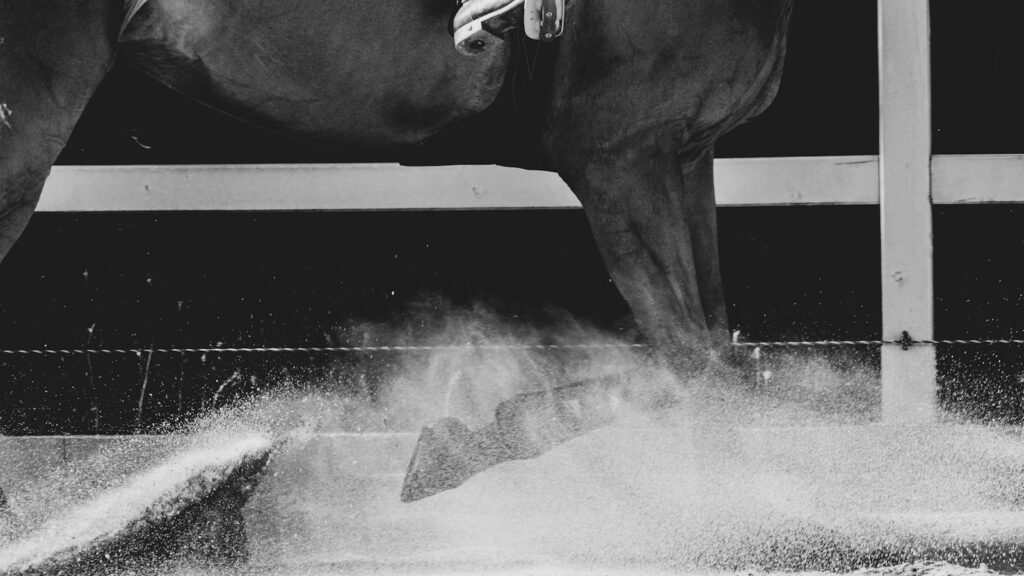
Underlying the technical aspects of the hoof trimming debate are profound ethical questions about our responsibility toward domesticated horses. The increasing recognition of horses as sentient beings capable of experiencing pain and discomfort has raised the stakes in discussions about appropriate hoof care practices. Traditional techniques that were once accepted without question are now scrutinized for their impact on the horse’s comfort and long-term soundness, while extreme corrective methods face particular criticism. The industry is gradually moving toward a welfare-centered approach that prioritizes the horse’s biological needs over human convenience or competitive advantage. This ethical evolution has encouraged greater transparency about the potential consequences of different trimming and shoeing methods, empowering owners to make more informed decisions. Progressive training facilities increasingly promote hoof care practices that support the horse’s natural movement and comfort, recognizing that ethical treatment extends to every aspect of management including how hooves are maintained.
Finding Middle Ground: The Integrated Approach
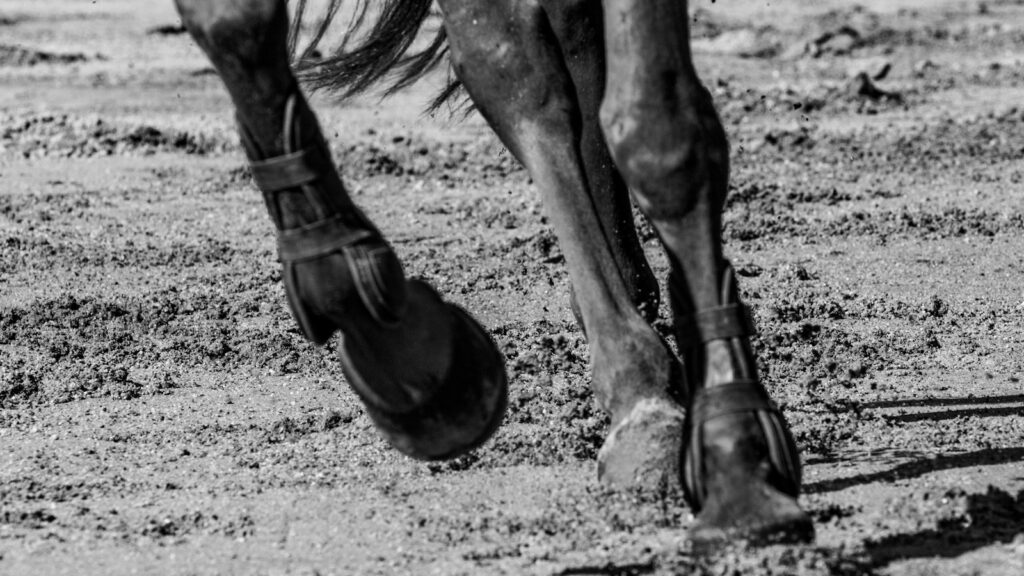
As the polarized debate continues, a growing number of professionals are adopting what might be called an integrated approach to hoof care that draws from multiple schools of thought. This middle path acknowledges valuable insights from traditional farriery, barefoot science, and veterinary medicine while rejecting dogmatic adherence to any single methodology. Integrated practitioners typically emphasize the importance of proper trimming as the foundation of hoof health, whether the horse ultimately remains barefoot or requires shoes for specific purposes. They recognize the significant role of diet, movement, and environment in maintaining healthy hooves and often recommend management changes alongside trimming protocols. The focus shifts from ideological debates to practical, evidence-based solutions tailored to each individual horse’s needs, conformation, and workload. This approach represents a maturing of the industry beyond simplistic “barefoot versus shod” arguments toward a more nuanced understanding of equine podiatry that prioritizes function over form and remains flexible in its application.
conclusion
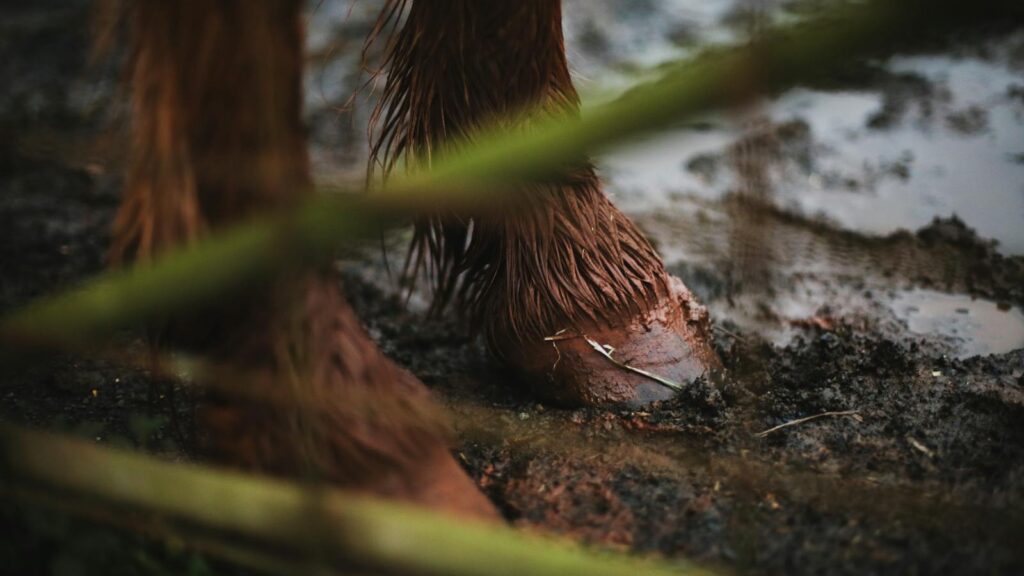
The debate around hoof trimming in modern horse training continues to evolve as new research emerges and practitioners gain experience with different methodologies. What has become increasingly clear is that no single approach works universally for all horses in all situations. The most successful hoof care programs tend to be those that remain flexible, evidence-based, and centered on the individual horse’s needs rather than ideological positions. As the equestrian world continues to emphasize welfare and sustainability, the focus is gradually shifting toward maintaining natural function while providing appropriate support for the unnatural demands we place on domestic horses. By approaching hoof care as an integral component of the horse’s overall health and athletic development, rather than an isolated maintenance task, modern horse people can better navigate the competing claims and find solutions that truly benefit their equine partners.
